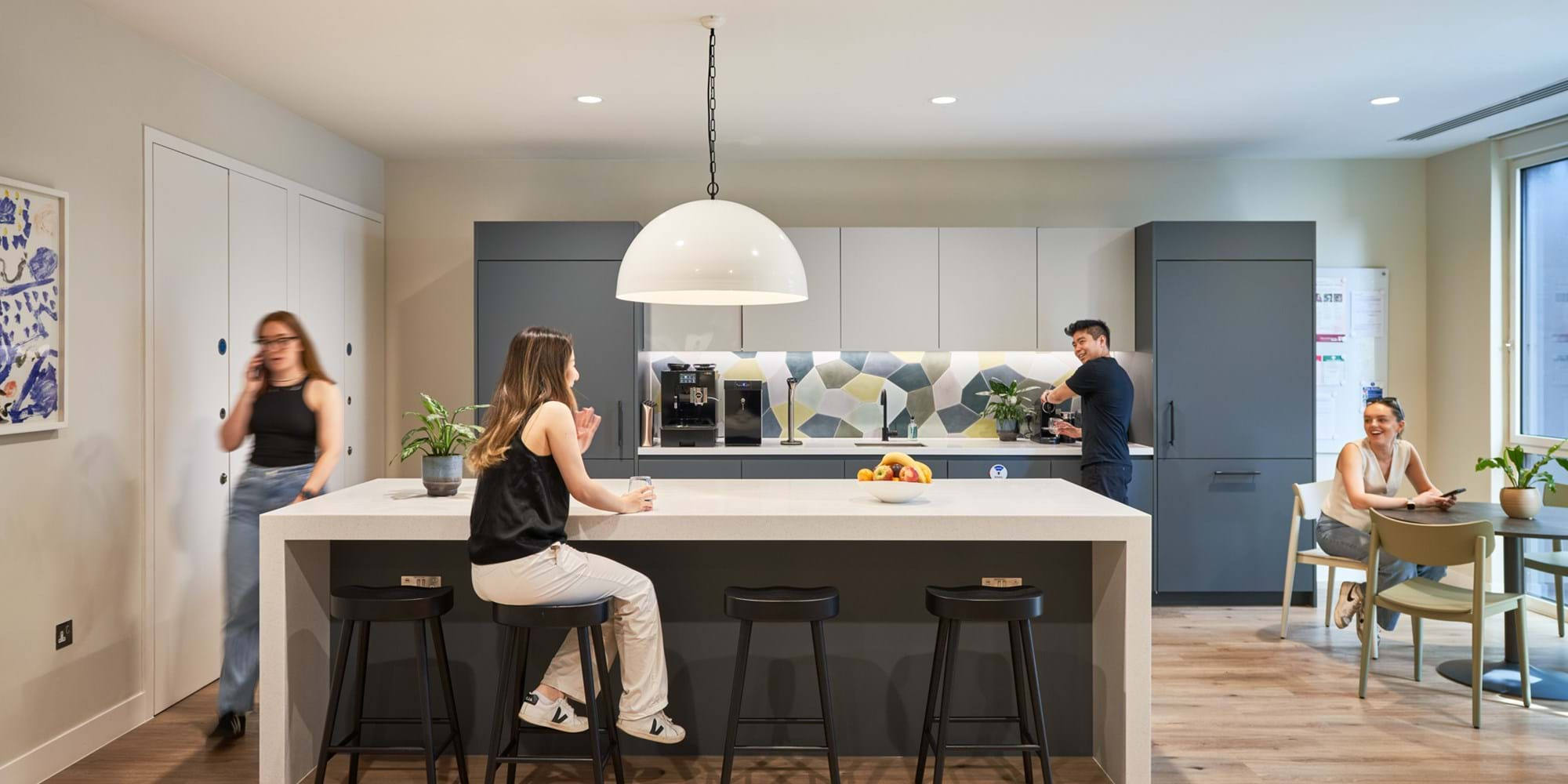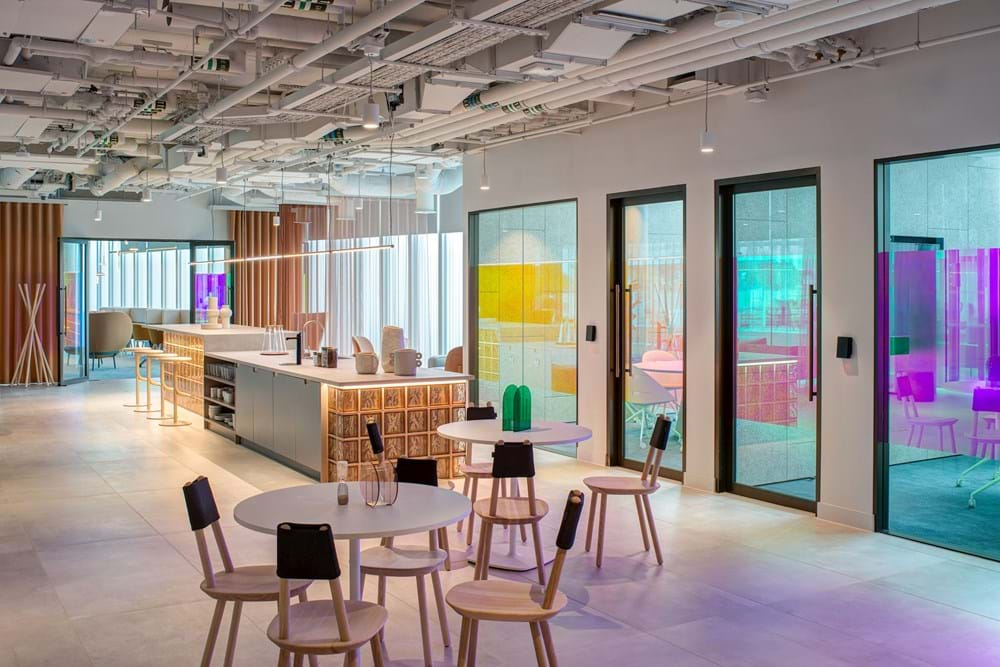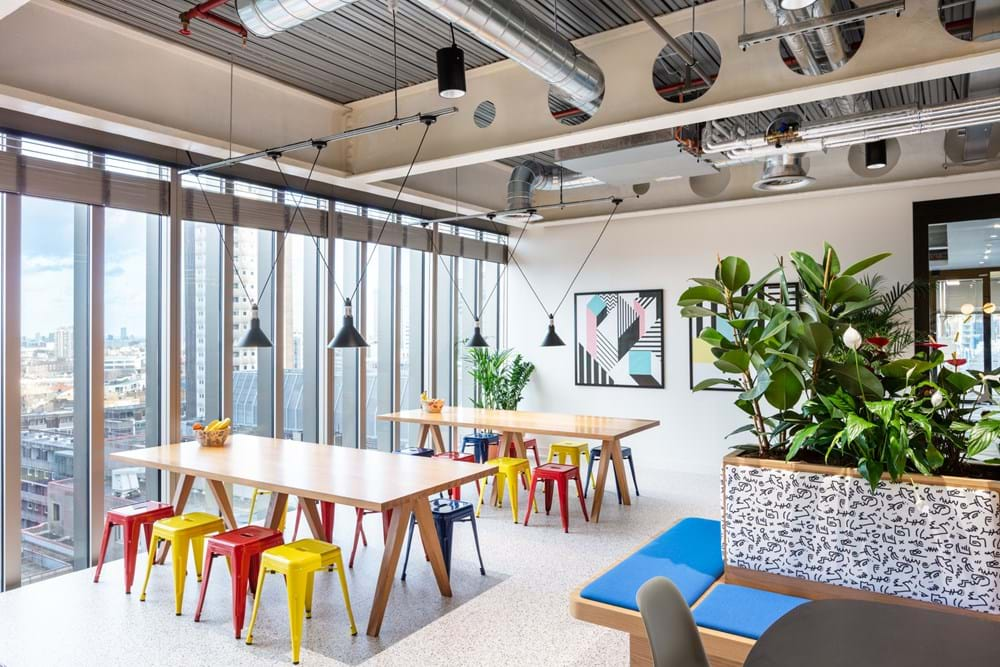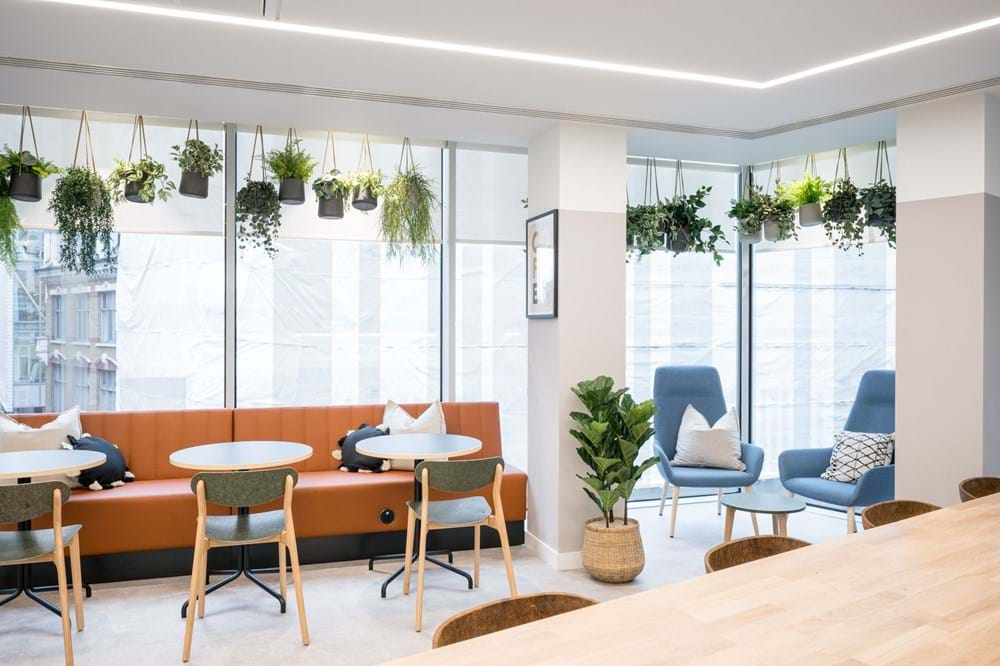Beating burnout with better workplace design
Stress levels are on the rise, but what we really want to know is can workplace design help us to ease the pressure and in turn prevent burnout? Scientific research suggests that it can. Being stressed occasionally is part of being human and it has been so since our very first moments as a species. Our minds and bodies have developed systems for dealing with being stressed that have repercussions for our psychological and physical health. A consequence of being stressed in the modern workplace is ‘burnout’ – fine-tuning design practices can make stressing out and burning out less likely.
Contemporary Teapoint
Linking design to burnout
Research suggests that organisations can promote actions that foster in workers a secure attachment to their workplace, with the ability to personalise it and make it comfortable6. Personalisation is also able to counteract worker burnout, especially in work contexts characterised by low privacy, as it allows for the creation of a sense of ‘psychological home,’ which can enhance satisfaction toward the design of the work environment questions.
Uncertainty causes stress
Uncertainty, interestingly, not only leads directly to stress when people can’t figure out how conditions may ultimately influence their health or something else they value, but, in slightly different contexts, to a feeling of ‘creepiness’ (how did that online system know to fill in that value on my profile, for example). A feeling that something is creepy is a very specific sort of stress.
There are are many situations within the workplace that can cause stress. Workplaces with break areas where people can’t have pleasant conversations that bind them together psychologically increase stress levels, as do situations where people perceive that they are being observed and assessed (whether they actually are or are not). Distracting conversations can cause stress, but so can workplaces that are as close to silent.
Multipurpose area at Travelfusion
Ability to control and modify
Places that meet our physical and psychological needs keep our stress levels lower. We like to have at least some control over the world around us; being able to choose a specific workspace as we work, one that allows us to do well whatever we’re trying to accomplish, is one useful way to keep the readings on our stress meter low, and our work ‘on track’, moving toward positive outcomes.
When we can tweak that workspace slightly, for example, when we can raise or lower a window blind or open or close that window, more potential stressors evaporate. Any sort of sensory experience can lead to stress, or not, even the simple process of breathing at work can be stressful in uncertain times.
Power of Plants
Some research ties mental refreshment via exposure to nature to lower burnout levels7. A report via a series of workplace experiments reveals that ‘enriching a previously lean office with plants’ serves to ‘significantly increase workplace satisfaction, self-reported levels of concentration, and perceived air quality. . . enriching space also improved perceived productivity’5.
Biophilic design, or recognising how we found comfort in the spaces we spent time when we were a young species, and conceptually replicating those experiences in the areas we create for ourselves today, can help keep stress levels in check.
Design is not magic, it won’t eliminate stress from our lives, but it can help keep our stress levels lower and make it less likely that we burn out.
Seating area at 70 New Oxford Street
Research Sources
1 Joseph Ferrari, Helena Swanson, and Devki Patel. 2021. ‘Office Clutter: Comparing Lower and Upper-Level Employees on Work-Related Criteria.’ International Journal of Psychological Research and Reviews, vol. 4, no. 46.
2 Megan Goldring and Niall Bolger. 2021. Physical Effects of Daily Stressors Are Psychologically Mediated, Heterogeneous and Bidirectional.’ Journal of Personality and Social Psychology: Personality Processes and Individual Differences, vol. 121no. 3, pp. 722-746.
3 Gregory Laurence, Yiyzhak Fried, and Linda Slowik. 2013. ‘”My Space”: A Moderated Mediation Model of the Effect of Architectural and Experienced Privacy and Workspace Personalization on Emotional Exhaustion at Work.’ Journal of Environmental Psychology, vol. 36, pp. 144-152.=
4 Christina Maslach. 2017. ‘Finding Solutions to the Problem of Burnout.’ Counseling Psychology Journal: Practice and Research. Vol. 69, no. 2, pp. 143-152.
5 Marlon Nieuwenhuis, Craig Knight, Tom Postmes, and S. Haslam. 2014. ‘The Relative Benefits of Green Versus Lean Office Space: Three Field Experiments.’ Journal of Experimental Psychology: Applied, vol. 20, no. 3, pp. 199-214.
6 Fabrizio Scrima, Alessandro Mura, Marcello Nonnis, and Ferdinando Fornara. 2021. ‘The Relation Between Workplace Attachment Style, Design Satisfaction, Privacy and Exhaustion in Office Employees: A Moderated Mediation Model.’ Journal of Environmental Psychology, vol. 78, 101693.
7 Arieana Thompson and Valentina Bruk-Lee. 2019. ‘Naturally! Examining Nature’s Role in Workplace Strain Reduction.’ Occupational Health Science, vol. 3, no. 1, pp. 23-43
This article is based on a research piece ' How to beat burnout with better workplace design’, authored by Sally Augustin, a practicing environmental design psychologist based in Chicago, for WORKTECH Academy. Workplace Futures Group is a Corporate Member of the Academy, which is a global online platform and membership organisation for the future of work and workplace design.



